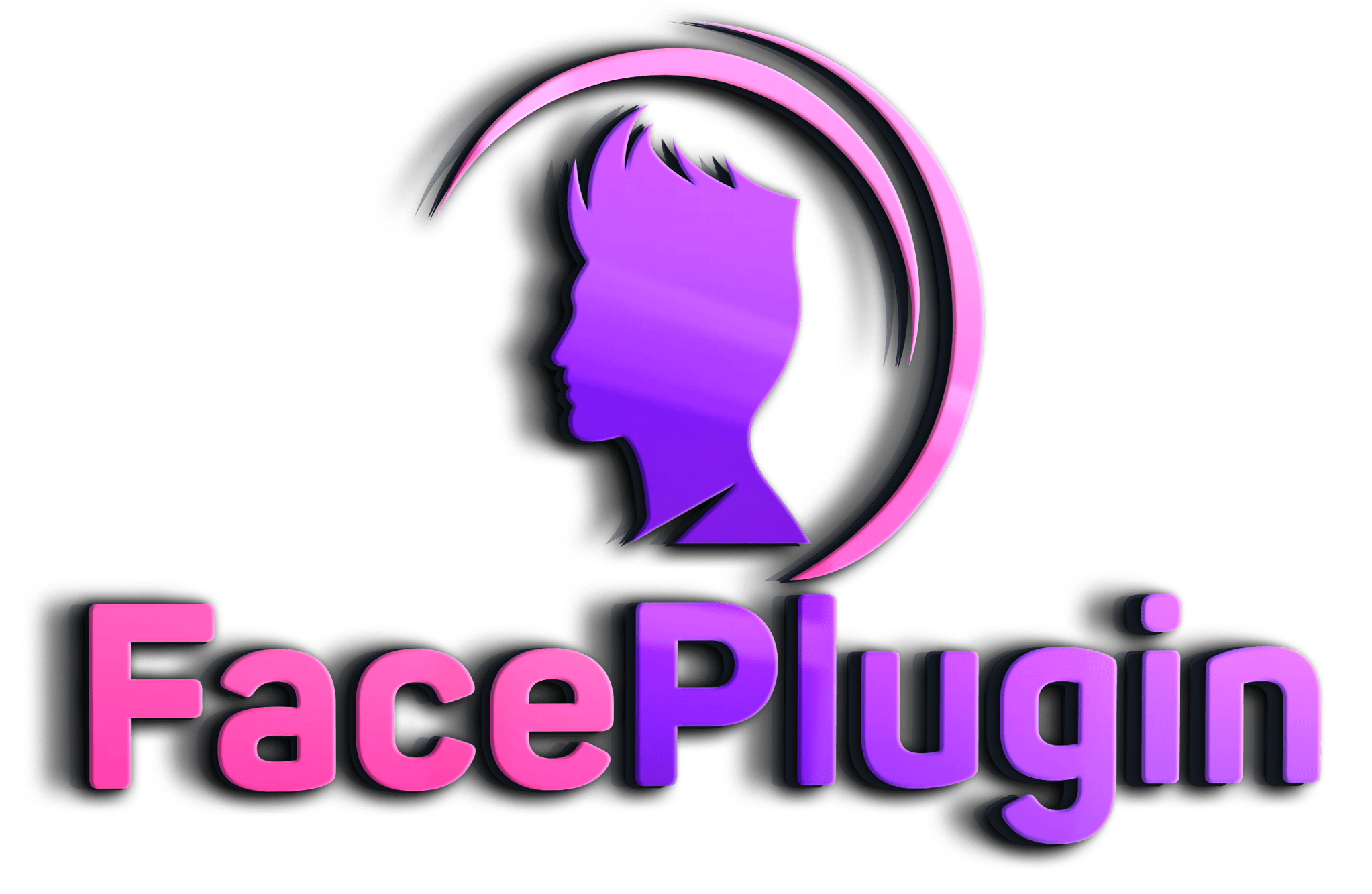In today’s fast-paced world, where global travel is easier than ever, the importance of fast and accurate passport recognition cannot be overstated. Whether you are crossing borders for business or pleasure, getting your identity verified quickly and accurately is essential for a successful voyage.
Imagine standing in a long immigration line, waiting your turn, only to have your passport refused by an automated system, resulting in delays and irritation. That’s where cutting-edge best passport recognition technology comes into play, guaranteeing that tourists around the world can verify their identities seamlessly.
Consider this scenario: you’re at the airport, excited to begin your adventure when cutting-edge passport recognition technology scans your ID and confirms your identity in seconds.
No long lines, no hassles—just smooth sailing to your goal. Intrigued? In this article, we will delve into the area of best passport recognition technology by FacePlugin, investigating the most recent breakthroughs and identifying the finest solutions for effective ID document verification.
So, what is the objective of this article? It’s simple: we’ll walk you through the jungle of passport recognition technology and explain which one stands out.
Whether you’re a frequent traveler, a business professional, or simply interested in the latest advancements in identity verification, this article is your ultimate guide to traversing the world.
We’ll begin by talking about the need for accurate passport recognition in today’s digital world. From avoiding identity theft to improving border security, trustworthy ID verification is critical to the integrity of global travel and immigration systems.
We will look at how advances in machine learning and computer vision have transformed the way passports are scanned and confirmed, making the process faster, more accurate, and less prone to errors.
Next, we’ll look at the various passport recognition systems on the market. From optical character recognition (OCR) to biometric authentication, we’ll look at the advantages and disadvantages of each strategy, allowing you to make an informed decision about which option is best for you.
So, if you’re ready to embark on a journey of discovery into the world of passport recognition technology, buckle up and join us as we explore the benefits of passport recognition technology, as well as the creative solutions provided by FacePlugin. We will also look at how technology is improving the travel experience by making it faster, safer, and more convenient for all. Smooth travels await!
Importance of ID document verification for best passport recognition:
Identity verification is an essential part of modern travel, allowing authorities to guarantee that people are who they say they are. This process often entails manually reviewing tangible papers such as passports, visas, and ID cards, which can be time-consuming and prone to human error.
Inadequate identity verification can have serious effects, such as identity fraud, illegal immigration, and even national security issues.
What is passport recognition technology?
Passport recognition technology is the application of modern systems to precisely and effectively identify and validate passports. Passport recognition technology improves security and streamlines immigration operations by utilizing several approaches such as machine-readable zone (MRZ), and optical recognition.
Passport recognition technology typically includes these parts:
Machine-readable zone (MRZ).
- Definition: The machine-readable zone is a portion at the bottom of a passport’s data page that includes standardized information in machine-readable format.
- Functionality: MRZ technology extracts important information such as the passport holder’s name, date of birth, passport number, and expiration date.
- Process: MRZ data is captured using optical scanners or cameras and then processed by software for authentication and verification.
- Advantages: Rapid data extraction and verification reduce manual errors and speed up immigration processes.
Optical character recognition (OCR).
- Definition: OCR technology converts scanned images of text into machine-readable text using pattern recognition algorithms.
- Functionality: OCR algorithms scan passport sheets for textual information such as the passport holder’s personal information and passport issue date.
- Process: Scanned passport photographs are processed using OCR software, which reads and extracts relevant text for authentication and verification.
- Advantages: Allows for the digitalization of passport data, which facilitates electronic storage and retrieval for security and administrative needs.
Biometric recognition.
- Definition: Biometric recognition uses distinct physical or behavioral characteristics to identify and authenticate individuals.
- Types: Facial recognition, fingerprint Scanning, and iris recognition are among the most common biometric modalities used in passport recognition.
- Functionality: Biometric data collected during passport or immigration processing is securely maintained and compared to live scans for identity verification.
- Process: Biometric scanners record and analyze features like facial patterns of fingerprints to verify a passport holder’s identification.
- Advantages: Provides powerful security measures by exploiting unique biometric features to improve accuracy and prevent identity fraud.
In summary, Passport recognition technology includes a variety of advanced approaches designed to improve security and efficiency in immigration and border control.
Authorities can use machine-readable zones, optical character recognition, and biometric recognition to effectively authenticate passports and verify traveler’s identities, enhancing national security while speeding up admission processes.

Implementing and integrating the best passport recognition technology—a seamless process
Steps for implementation:
- Assessment of requirement: Begin by examining your organization’s specific needs and objectives for using passport recognition technology.
- Technology selection: Research and choose the best passport recognition solution based on accuracy, speed, security, and compatibility with current systems.
- Data preparation: Collect and organize passport data for integration into the recognition system, assuring its accuracy and completeness.
- Testing and validation: Conduct extensive testing to ensure the usefulness and dependability of passport recognition technology in real-world circumstances.
- Training and deployment: Provide necessary individuals with training on how to properly use the technology and deploy it throughout the business as needed.
API and ID document SDK options:
- API integration: Use passport recognition APIs (application programming interfaces) to seamlessly integrate recognition capabilities into your existing software applications or systems.
- ID document SDK integration: Incorporate ID document SDKs (software development kits) into custom applications to provide more personalized and flexible integration choices for identity document recognition.
Following these processes, as well as examining available API and ID document SDK alternatives, enterprises can effectively adopt and integrate passport recognition technology into their workflows, improving efficiency, security, and overall operational performance.
Benefits of ID document recognition SDK of FacePlugin for best passport recognition:
Here are some benefits of ID document recognition SDK of FacePlugin.
Unparalleled accuracy:
- FacePlugin’s ID document recognition SDK has an accuracy rate that exceeds industry requirements, ensuring dependable and exact identification of persons.
- Its accuracy reduces errors and false positives, ensuring that valid users are smoothly authenticated, and potential security concerns are accurately identified.
Lightning-fast processing:
- The SDK has lightning-fast processing capabilities, allowing for speedy verification of identity papers in seconds.
- This speed improves operational efficiency, minimizes user wait times, and increases overall customer satisfaction.
Fake ID document detection:
- The SDK has advanced algorithms and machine learning skills to detect fraudulent or manipulated identification documents.
- By evaluating document attributes and trends, the SDK may detect discrepancies and abnormalities that signal probable fraud attempts, improving security and preventing unauthorized access.
On-Premises deployment:
- Face Plugin provides flexibility in on-premises implementation, giving enterprises complete control over their passport recognition systems and data.
- This assures regulatory compliance while also providing peace of mind in terms of data sovereignty and privacy.
Overall, FacePlugin’s ID document recognition SDK for passport recognition provides a full solution for identity verification by combining on-premises deployment, quick processing, high accuracy, and enhanced fraud detection features to address the changing needs of enterprises in a variety of industries.
Efficient remote onboarding—harnessing the power of the best passport recognition technology:
Passports can be used for remote onboarding because they are authentic and internationally recognized. Applicants can use secure digital verification systems to submit scanned or photographed passport photos remotely.
Advanced algorithms next verify the document’s authenticity by cross-referencing it with official databases and doing biometric checks for added security. This streamlined technique allows firms to remotely verify the identification of new hires or clients, which speeds up onboarding operations while guaranteeing regulatory compliance.
Remote onboarding becomes more efficient, convenient, and safe for both enterprises and individuals when passports are used in a digital setting.
Conclusion: The future of travel —how FacePlugin’s best passport recognition technology is revolutionizing identity verification
Finally, passport recognition technology provides a reliable option for identity verification, easing operations across multiple businesses. Organizations can achieve unsurpassed accuracy, efficiency, and security in ID document verification by implementing modern techniques such as machine-readable zone (MRZ), optical character recognition (OCR), and biometric recognition.
FacePlugin is a leader in passport recognition technology, providing cutting-edge solutions adapted to the specific needs of organizations and institutions. FacePlugin’s excellent accuracy rates, quick processing speeds, and secure authentication procedures provide seamless integration and dependable performance in a wide range of applications.
In today’s quickly changing digital landscape, the significance of strong identity verification cannot be emphasized. Whether in travel and transportation, financial services, security, law enforcement, or healthcare, implementing the best passport recognition technology is critical for increasing operational efficiency, reducing risks, and maintaining regulatory compliance.
To remain competitive in the future, enterprises must prioritize the implementation of breakthrough technologies such as FacePlugin’s passport recognition solutions. By adopting these innovations, businesses can create new chances for growth, improve consumer experiences, and strengthen their overall security.
To summarize, FacePlugin’s top passport recognition technology provides a dependable and effective option for identity document verification. To reap the benefits firsthand and elevate your organization’s security and efficiency, we recommend researching FacePlugin’s range of passport recognition solutions immediately.
Visit FacePlugin’s website to learn more about their passport recognition technology and begin improving your identity verification processes immediately!




